Happy Birthday Charlie Chaplin!

Charlie Chaplin: The Legend
In the contemporary world, and ever since this man gained some ground beneath his feet, the words comedy and Charlie Chaplin have been synonymous. Chaplin’s work has spanned some seven decades since his birth in 1889 till his death in 1977. Born Charles Spencer ‘Charlie’ Chaplin, this man played with the boundaries of comedy, pushed them far, and shaped and re-shaped them. His constant endeavours with the genre of comedy have been proved time and again on the silver screen, and his movies have received the much-coveted pedestal of classics. The cutting-edge sentimentality and the brilliant portrayal of human emotions are the reason Chaplin rose to the position that he has in the hearts of people all over the world. On his 123rd birthday, here’s taking a walk down memory lane – some of the best films of the legend!
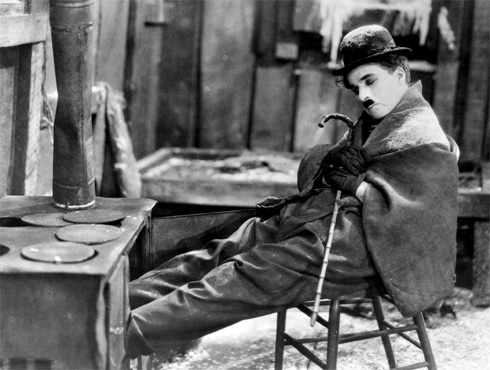
The Gold Rush (1925)
At the 1958 Brussels World Fair, this masterpiece from Chaplin was conferred the title of the Second Greatest Film in History. ‘The Gold Rush’ had everything in it – comedy, poetry, pathos, tenderness, and abruptness – everything, in the right quantities, with the exact measures of catalysts. The film is outstanding in its element of comedy and rises above the average expectations of any movie-buff. But that’s Charlie Chaplin. And ‘The Gold Rush’ is perhaps the most outstanding of all his movies. Critics and lovers have been unanimous as far as appreciating this film is concerned. Apart from Chaplin himself, the film has also been heavily praised for the performances of lead actors Mack Swain and Tom Murray. A new version of ‘The Gold Rush’ was released in 1942, and the silent original of 1925 was now converted to a sound version.
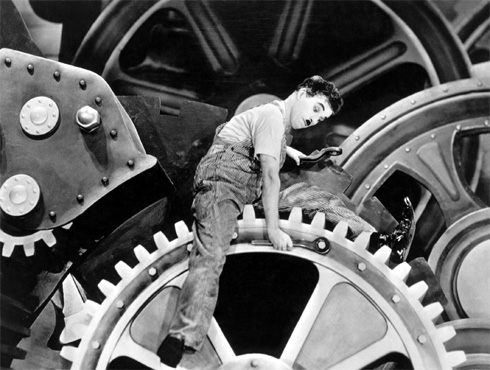
Modern Times (1936)
There’s a reason a certain piece of art travels down the aisles of history and makes it to the newer ages. The reason is the ability of each and every generation to orient themselves with the work of art. This very reason is the underlying truth beneath each of Chaplin’s movies. And what better than ‘Modern Times’ can prove this fact! With the backdrop of the Great Depression, the film is a bitter comment on the condition of the people who were at the receiving end of the terrible fiscal crisis. Passed on under the conniving garb of comedy, ‘Modern Times’ is actually a harsh and sardonic analysis of the troubles that human beings had to then face. The desperate employment and financial conditions of the people strike a strong resonance with that of the people now, thereby making ‘Modern Times’ one of the most culturally significant films of all times.
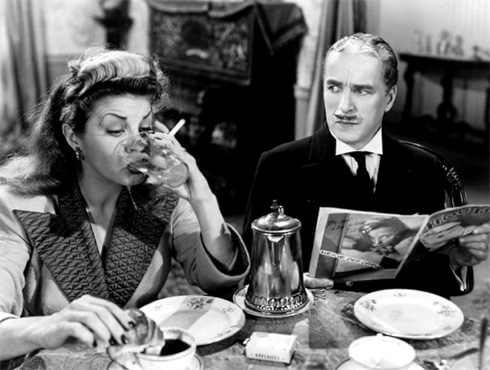
Monsieur Verdoux (1947)
‘Monsieur Verdoux’ is another gem of a movie from the brilliant Chaplin’s camp. A black comedy, the eponymous film deals with the sinister livelihood of Henri Verdoux. Verdoux’s unemployment causes him to wriggle through to a horribly dangerous way of life. Verdoux loyalty and competence in the banking sector hadn’t been cared for, and he had been laid-off. In order to earn for his family, he takes up an unusual job. He marries wealthy widows and then kills them. The dark methods of the banker finally lead him to the guillotine. The film had initially received poor reception from America, but in Europe the dark themes were found more suitable. However, about six-and-a-half decades down the line, ‘Monsieur Verdoux’ now enjoys the designation of a cult film!
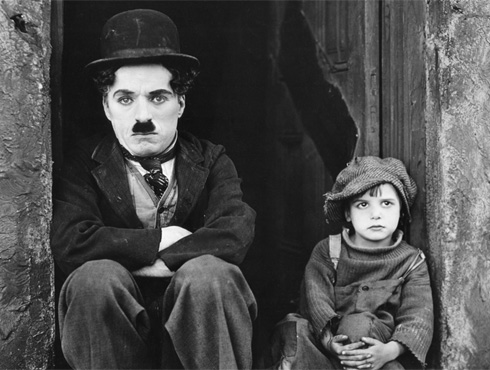
The Kid (1921)
‘The Kid’ was Charlie Chaplin’s first full-length film. The silent dramedy revolves around The Tramp and his adopted son. The beautiful intertwining of comedy and drama is what makes ‘The Kid’ phenomenal. The film has the distinction of a huge success and a tremendous opening. In 1921, the year it released, ‘The Kid’ was the second highest grosser. Noted for being the first feature-length film which involved a splendid combination of comedy and drama, this brainchild of Chaplin left no stone unturned in climbing the peak of success. An amalgam of comedy and pathos is what sets this film apart from others. ‘The Kid’ has now been preserved in the National Film Registry of the Library of Congress in the US.
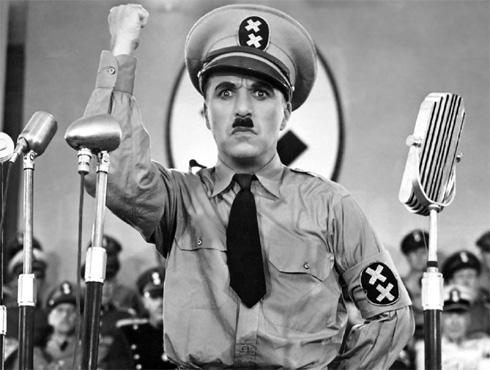
The Great Dictator (1940)
Charlie Chaplin enjoys the unique distinction of writing and directing silent films well into the time period when talkies were common. ‘The Great Dictator’ was Chaplin’s first true dive into the world of talkies. As is evident enough from the name of the movie, ‘The Great Dictator’ deals with Adolf Hitler, fascism, the Nazi world and a stinging condemnation of the same. While in 1940 America was still ostensibly at peace with Germany, Chaplin’s film was like an atom bomb. With its strong anti-fascist message disguised and delivered as innocuous comedy, ‘The Great Dictator’ rose to a certain zenith – that of being Chaplin’s most commercially successful film!
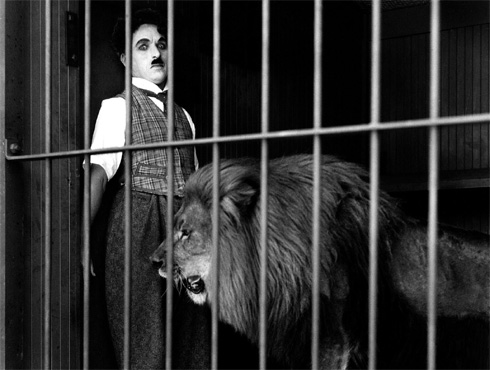
The Circus (1928)
The 1928 silent comedy revolves around an impoverished circus. When the ringmaster hires The Tramp as a clown, the truth tumbles out of him – he can only be funny involuntarily, not when he is asked to. ‘The Circus’, in the view of many critics, is one of Chaplin’s best comedies – the other being ‘The Gold Rush’. The film has also been thought to have an autobiographical tinge to it. According to many critics, it is Chaplin’s own life that runs as a metaphor beneath the film. Charlie Chaplin had faced many problems during the production and filming of ‘The Circus’. Working against a shattered fabric of family problems, the death of his mother and a bitter divorce, Chaplin’s ‘Circus’ still grossed many millions. Till date, it is the seventh highest grossing silent film in the history of cinema.
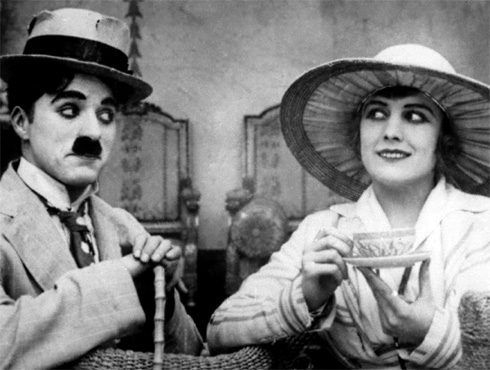
A Woman of Paris (1923)
‘A Woman of Paris’ sees Charlie Chaplin breaking out of the mould that people had cast him into. Unusual for his comic abilities, Chaplin did not appear in his traditional role in ‘A Woman of Paris’. The deviation from the norm did not go down well with the public despite Chaplin distributing flyers warning the public about the same a night before the release of the movie. Contrary to the public reception, however, the critics had all good things to say about the film. The positive reviews from critics, nevertheless, weren’t very helpful in alleviating the wounds that the commercial failure of the film had wreaked on Chaplin. The inclusion of sound score by Chaplin makes the re-issue of the film his last completed work.
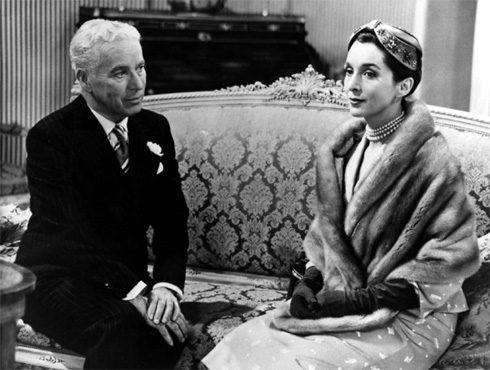
A King in New York (1957)
‘A King in New York’ sees Charlie Chaplin in a leading role for the last time in his life. This film too, has a notable intermingling of comedy and satire, and is still relevant for certain of its universal themes. After Chaplin’s exile from the US in 1952, ‘A King in New York’ saw its production and completion in Europe. And due to the many controversies that Chaplin was embroiled in by then, the film did not open in the United States till 1967, thereby delivering a crushing blow to it as far as commercial success is concerned. And till date, even after fifty-five years of its release, fans and critics are severely divided over the merits of ‘A King in New York’.
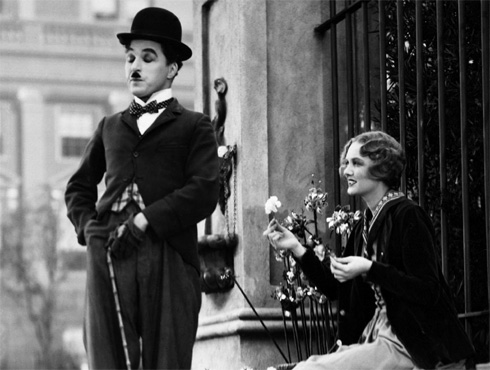
City Lights (1931)
Lauded as one of the most prolific achievements of Charlie Chaplin’s career, ‘City Lights’ is a silent romantic comedy that released in 1931. Written and directed by Chaplin himself, the film also stars Virginia Cherrill and Harry Myers in the lead roles apart from Chaplin. Each scene in the film is coated in hardcore slapstick humour. And like any other Chaplin movie, the comic scenes are delivered not without underlying symbolisms. Rich in caustic comedy, the humour is obliquely directed towards the repressive institutions of the then society. The baroque humour is used to openly attack the controlling forces of the society, and perhaps that is where the film derives its quality of connectivity from.
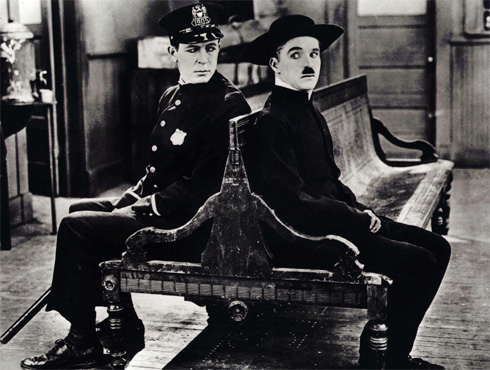
The Pilgrim (1923)
Released in 1923, ‘The Pilgrim’ was another of Charlie Chaplin’s silent films. Written and directed by Chaplin and starring him in the lead role, the film also had Edna Purviance across him for the last time. Chaplin’s performance in the role of an escaped convict was received well by fans and critics alike. The Tramp is hilarious in the role of a convict-disguised-as-cleric, and film is another proof of Chaplin’s consummate acting skills. Despite being a silent movie, the silence here speaks a lot louder than words can ever do!
By Ananya Bhattacharya







